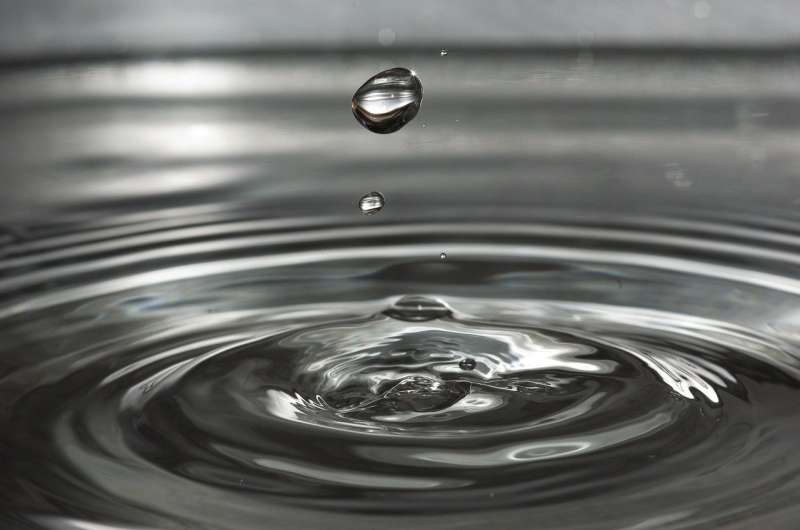The dangers of collecting drinking water

Collecting drinking water in low and middle income countries can cause serious injury, particularly for women, according to new research from the University of East Anglia.
A new international study published in BMJ Global Health reveals dangers including falls, traffic accidents, animal attacks, and fights, which can result in broken bones, spinal injuries, lacerations, and other physical injuries.
And women are most likely to sustain such injuries—highlighting the social the social and gender inequities of a hidden global health challenge.
Dr. Jo-Anne Geere, from UEA's School of Health Sciences, said: "Millions of people don't have the luxury of clean drinking water at their home, and they face many dangers before the water even touches their lips. Global research on water has largely focused on scarcity and health issues related to what is in the water, but the burden and risks of how water is retrieved and carried has been overlooked until now. We wanted to better understand the true burden of water insecurity."
The new study was led by Northwestern University in the US, in collaboration with UEA, the University of Miamii and the Household Water Insecurity Experiences Research Coordination Network (HWISE RCN).
The research team used a large global dataset to understand what factors might predict water-fetching injuries. The work draws on a survey of 6,291 randomly selected households across 24 sites in 21 low- and middle-income countries in Asia, Africa, Latin America, and the Caribbean.
They found that 13 percent of the respondents reported some sort of injury while collecting water, and that women were twice as likely to be hurt as men.
Dr. Sera Young, from Northwestern University, said: "Thirteen percent is a big number, but it is probably an underestimate. It's highly likely that more people would have reported injuries if the survey had more detailed questions."
Prof Paul Hunter, from UEA's Norwich Medical School, said: "This reinforces how the burden of water scarcity disproportionately falls on women, on rural populations, and on those who do not have water sources close to home. It highlights the importance of safe interventions that prioritize personal physical safety alongside traditional global indicators of water, sanitation, and hygiene."
The researchers say that keeping track of such safety measures—in addition to the usual measures of water quality and access—could help better assess progress towards the United Nations' Sustainable Development Goal 6.1, which sets out "to achieve universal and equitable access to safe and affordable drinking water for all" by 2030.
Dr. Vidya Venkataramanan, also from Northwestern University, said: "It seems likely that water-fetching can contribute considerably to the global Water, Sanitation and Hygiene (WaSH) burden, but it usually goes unmeasured because we typically think about access and water quality. It is, therefore, a greatly underappreciated, nearly invisible public health challenge. It's really important that data on water-fetching injuries are systematically collected so that we can know the true burden of water insecurity. Currently, all of the broken bones, spinal injuries, lacerations and other physical injuries are not accounted for in calculations about the burden of water insecurity."
"In pursuit of 'safe' water: The burden of personal injury from water fetching in 21 low-income and middle-income countries" is published in the journal BMJ Global Health.
More information: Vidya Venkataramanan et al. In pursuit of 'safe' water: the burden of personal injury from water fetching in 21 low-income and middle-income countries, BMJ Global Health (2020). DOI: 10.1136/bmjgh-2020-003328


















